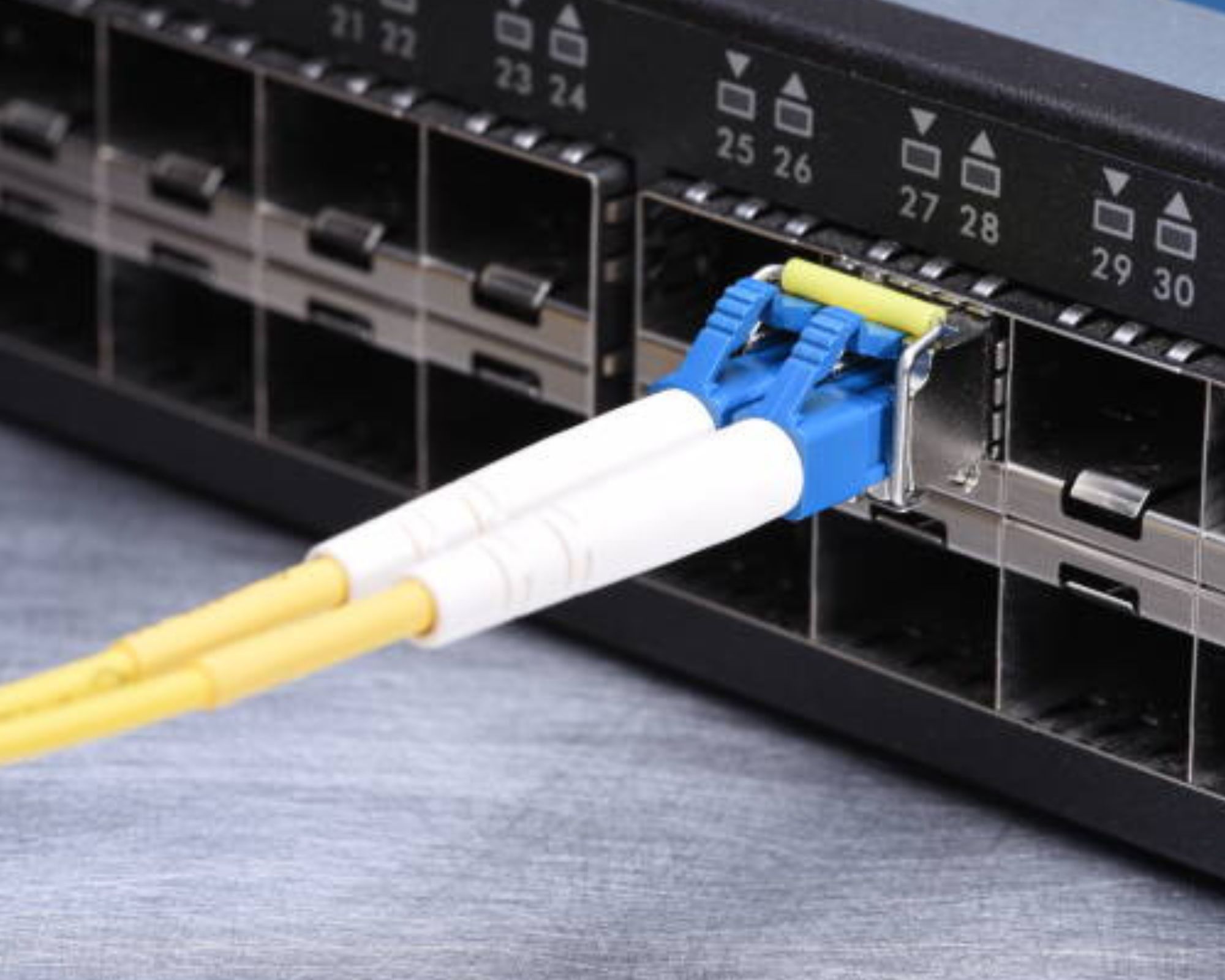Introduction
Ethernet switches are the cornerstone of efficient local area network (LAN) communication, allowing devices to exchange data at high speeds and with minimal latency. Despite their importance, these devices can run into a range of problems that hinder network operations. By understanding the common issues and their root causes, network administrators can effectively troubleshoot and resolve these problems, ensuring the seamless flow of information across the network.
Common Issues and Their Causes
One of the most prevalent issues faced by Ethernet switches is port connectivity problems. A port on an Ethernet switch may become unresponsive or fail to establish a connection with a connected device. This can lead to devices being unable to communicate or access network resources through the Ethernet switch.
Possible Causes:
- Loose or damaged cables
- Port configuration errors
- Faulty network interface card (NIC) on the connected device
Slow Network Performance Network performance degradation can have a significant impact on productivity and user experience. Slow network speeds can result from various factors that affect the switch’s ability to handle data traffic efficiently.
Possible Causes:
- Network congestion
- Outdated firmware or software
- Oversubscribed ports
- Inadequate switch capacity
Broadcast Storms A broadcast storm occurs when a network experiences an excessive amount of broadcast or multicast traffic, causing network congestion and reduced performance. If left unchecked, a broadcast storm can bring the entire network to a halt.
Possible Causes:
- Misconfigured network devices
- Faulty network interface cards
- Loops in the network topology
VLAN Configuration Problems VLANs (Virtual Local Area Networks) are used to segment a network into smaller logical networks for better organization and security. Incorrect VLAN configurations can lead to communication issues and access problems between devices.
Possible Causes:
- Incorrect VLAN assignment
- Mismatched VLAN configurations across devices
- Improper trunking configuration
Power and Hardware Failures Hardware failures can lead to unexpected downtime and disrupt network operations. Power issues or faulty hardware components can cause switches to malfunction or become unresponsive.
Possible Causes:
- Power surges or outages
- Overheating
- Hardware component failure
Troubleshooting Solutions
Port Connectivity Troubleshooting:
- Check Cables: Ensure that all cables are securely connected to both the switch and the connected device. Replace any damaged cables.
- Port Configuration: Verify that the port configuration matches the requirements of the connected device. Check for any misconfigured settings.
- NIC Issues: Test the connected device with a different port or cable to rule out NIC problems.
Addressing Slow Network Performance
- Network Analysis: Use network monitoring tools to identify congestion points and bandwidth-hogging devices.
- Firmware and Software Updates: Keep switch firmware and software up to date to benefit from performance improvements and bug fixes.
- Load Balancing: Distribute network traffic across multiple ports or switches to alleviate congestion.
- Capacity Planning: Ensure that the switch’s capacity matches the demands of the network. Consider upgrading hardware if necessary.
Dealing with Broadcast Storms
- Loop Detection: Implement Spanning Tree Protocol (STP) to prevent network loops, which are often the cause of broadcast storms.
- Traffic Isolation: Use VLANs to segment the network and limit the scope of broadcast traffic.
- Traffic Shaping: Implement Quality of Service (QoS) policies to prioritize critical traffic and prevent broadcast storms from affecting essential applications.
Resolving VLAN Configuration Problems
- VLAN Verification: Double-check VLAN configurations across devices to ensure consistency.
- Trunk Configuration: Verify trunking settings on switches and connected devices, ensuring they match.
- VLAN Tagging: Ensure that VLAN tagging settings are correctly configured for devices that require it.
Handling Power and Hardware Failures
- Power Protection: Use surge protectors and uninterruptible power supply (UPS) systems to safeguard against power issues.
- Temperature Monitoring: Keep switches in well-ventilated areas and monitor temperatures to prevent overheating.
- Hardware Replacement: Replace faulty hardware components promptly to minimize downtime.
Preventive Measures
- Regularly update switch firmware and software to benefit from performance improvements and security patches.
- Implement proper network design with redundant paths and Spanning Tree Protocol to prevent network loops.
- Use network monitoring tools to proactively identify and address network performance issues.
- Document network configurations, VLAN assignments, and port settings to ease troubleshooting.
- Train network administrators to effectively handle common issues and perform routine maintenance.
Conclusion
Ethernet switches play a crucial role in modern networking, but they are not immune to issues that can disrupt network operations. By understanding the common problems that switch encounter and following the troubleshooting solutions outlined in this guide, network administrators can maintain a reliable and efficient network environment. Additionally, implementing preventive measures can help minimize the occurrence of these issues and ensure a smooth flow of data within the local area network. Remember, a well-maintained network is the foundation for seamless communication and productivity in today’s interconnected world.
